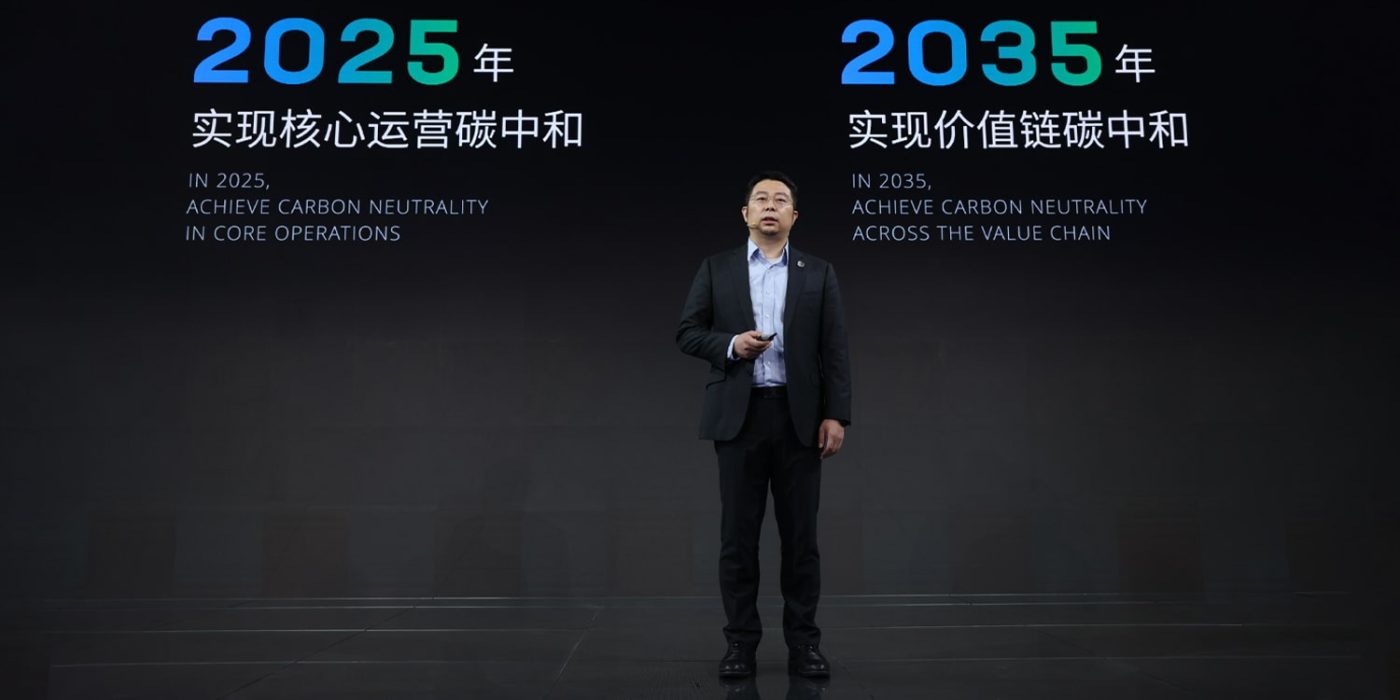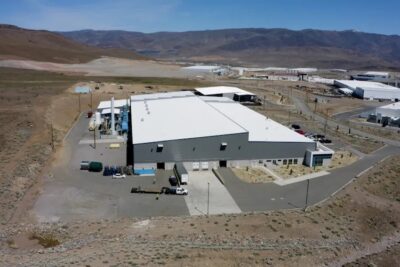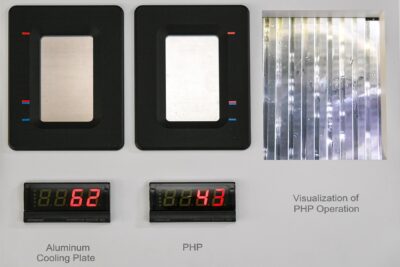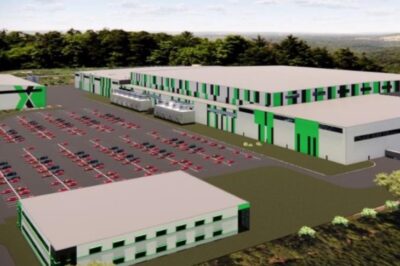CATL launches ultra-high energy ‘Condensed Battery’
CATL is showing novel ‘Condensed Battery’ technology in Shanghai, which claims an energy density of 500 Wh/kg at the cell level. The Chinese battery giant considers it suitable for electric aircraft but also envisions use in road vehicles, with series production to start this year.
Officially referred to as “Condensed Matter” battery, the new cells exhibit high safety and precisely that high energy density, as CATL’s chief scientist Wu Kai stated at the trade show. In the presentation, both a pouch and a prismatic cell with solid housing could be seen.
In physics, “condensed matter” refers to materials in solid and liquid states of aggregation instead of gas and plasma. This includes, for example, the fundamentals behind alloys, metals, semiconductors, insulators and membranes, but also physical phenomena such as electrical conductivity, ferroelectricity or magnetism – all relevant areas for electromobility.
According to Wu, CATL has developed a micron-scale adaptive mesh structure that regulates inter-chain interaction forces, according to Wu. This can take into account changes in the electrochemical reactions of ultra-high energy density chemistries, as the CN EV Post writes referring to the presentation.
In addition, the condensed battery uses a series of innovations in the individual components of a battery cell, including the separator foil, an unspecified “high-energy cathode”, and a new type of anode. Again, Wu did not go into detail.
Instead, the CATL developer stated that the battery giant is already working with several partners on a project for civilian electric aviation. The cell should meet the standards for safety and quality requirements in aerospace. Later, the battery could also be produced for electric vehicles.
Is the CATL condensed battery cost-effective?
While a battery cell with an energy density of 500 Wh/kg would probably make many aviation applications possible or commercially viable in the first place, a battery with such an energy density could also advance road vehicles. Vehicle batteries could become smaller and lighter with those 500 Wh/kg (instead of the 200 to 300 Wh/kg currently possible). This would enable manufacturers to build small electric cars with the ranges desired by many customers, which are now only available in larger vehicles. Or (utility) vehicles could come onto the market and achieve high ranges in trailer operation or with heavier loads.
However, CATL did not address one point at the premiere: the costs. Such high energy densities usually pose significant challenges for developers, thus upping R&D costs. In turn, the cost may also be a factor when launching such a small e-car or electric aircraft since prices must remain competitive.
Moreover, how and at what cost the technology can be transferred from the laboratory to mass production was left open. At the same time, CATL said the cell was production-ready and targets series manufacturing this year.
CATL also announced at the show that it wants to achieve carbon neutrality in its core business by 2025 and the entire value chain for batteries by 2035. To achieve this, CO2 emissions must be reduced in the five key areas of mining, raw materials, battery materials, battery manufacturing and battery systems.
Called CREDIT, CATL has also initiated a sustainable value chain transparency audit programme, which includes a sustainable development management mechanism and a code of business ethics, environmental protection, labour practices and responsible sourcing.
“For CATL, achieving carbon neutrality is our responsibility, demonstrates our capability, and opens up more opportunities,” said Jiang Li, CATL Board Secretary.
The sales volume of CATL’s lithium-ion batteries was 289 GWh in 2022, and according to SNE Research, CATL held 37% and 43.4% of the global market share of EV batteries and energy storage.
Additional reporting by Sebastian Schaal.
cnevpost.com, prnewswire.com (carbon neutrality)





6 Comments